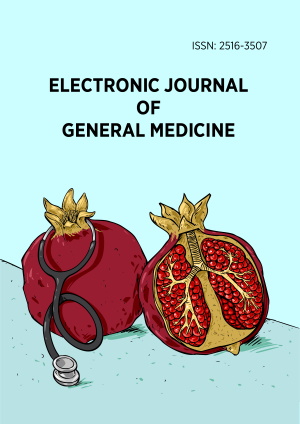Abstract
Objective: Picky eating (PE) is a multifaceted behavior often linked to food neophobia, sensory processing issues, and social or cultural influences. This study examines the relationship between PE behaviors, chemosensory pleasure, and adherence to the Mediterranean diet (MD) in adults.
Methods: A cross-sectional study was conducted with a sample of 1,362 adults (aged 18-65 years) using validated questionnaires, including the adult picky eating questionnaire (APEQ), chemosensory pleasure scale (CPS), and the Mediterranean diet adherence scale (MEDAS). Statistical analyses assessed correlations between PE, sensory pleasure, and dietary adherence, controlling demographic variables.
Results: MEDAS was significantly positively correlated with and the purely olfactory subscale of the CPS (r = 0.081, p < 0.05), while negatively correlated with consummatory subscale of the CPS indicating a mild association between MD adherence and olfactory pleasure and consummatory. The total APEQ score showed a positive correlation with the CPS total score (r = 0.095, p < 0.01), suggesting a potential link between PE and chemosensory pleasure. Linear regression analysis revealed that both age and the CPS total score were significant predictors of PE behavior (R² = 0.140, p < 0.001), while body mass index and gender were not significant predictors for the APEQ score.
Discussion: This study reveals a significant association between chemosensory pleasure and PE behaviors, emphasizing the importance of taste and smell in shaping food preferences. While no direct link was found between PE and adherence to the MD, this study highlights the need to explore sensory-driven dietary interventions for improving nutrition and overall quality of life.
License
This is an open access article distributed under the Creative Commons Attribution License which permits unrestricted use, distribution, and reproduction in any medium, provided the original work is properly cited.
Article Type: Research Article
ELECTRON J GEN MED, Volume 22, Issue 4, August 2025, Article No: em655
https://doi.org/10.29333/ejgm/16302
Publication date: 01 Jul 2025
Online publication date: 30 Apr 2025
Article Views: 1463
Article Downloads: 1973
Open Access References How to cite this article
 Full Text (PDF)
Full Text (PDF)